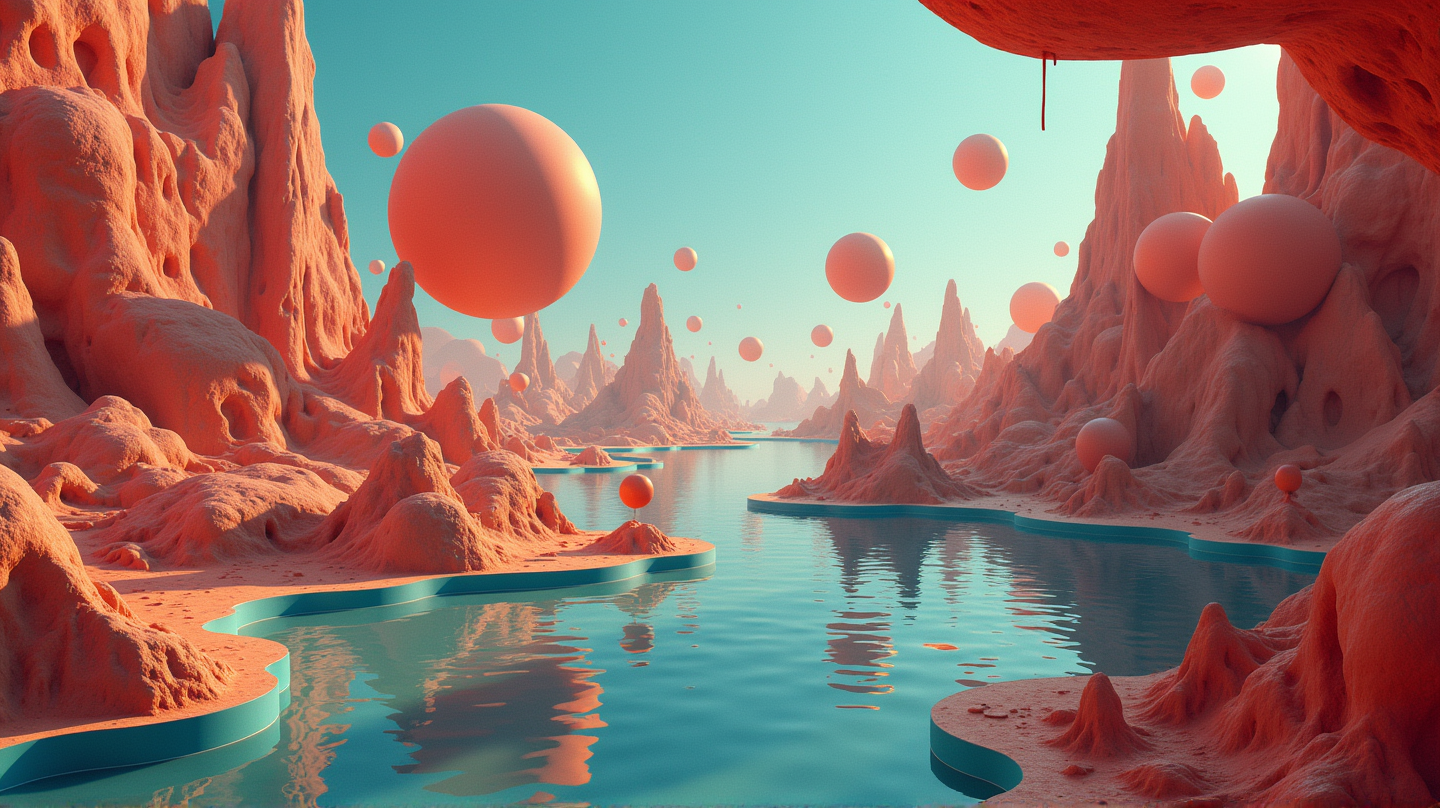The Vision of a Three-Dimensional Internet
In the early days of the Internet’s rise, a compelling fantasy took hold—a three-dimensional World Wide Web. These imaginative visions were spurred on by media like Snow Crash and Tron, inspiring the transformation of standard web interfaces into robust 3D landscapes. The ambition was clear: reflect humanity’s innate three-dimensional perspective within the digital realm.
Amid these aspirations, the Virtual Reality Modeling Language (VRML) emerged as a pioneering force, designed to make 3D worlds a reality online. The vision was grand, but reality saw VRML and its successor, X3D, remain niche while laying the groundwork for today’s WebGL technology.
The Dream Behind VRML
In 1994, David Raggett’s paper at Hewlett Packard Laboratories painted an ambitious picture of virtual reality entwined with the web. His ideas promised head-mounted displays and body tracking through VRML, introducing an interactive virtual tapestry to the Internet, structured around a specialized form of SGML—much like HTML for 2D documents.
By defining objects in a 3D space and allowing cross-platform consistency, VRML endeavored to make virtual reality accessible online. Yet, despite its ingenuity, VRML was less a revolution and more an enabler for future technologies.
From Concept to Digital City
VRML launched into the spotlight with CyberTown, an online 3D community. Modeled much like an RPG, users crafted digital lives, managing virtual homes and jobs. These VRML-based worlds stayed alive until 2012, capturing the imagination of online explorers during its time.
While extensive and groundbreaking, these worlds were technologically taxing for the era. With resources like graphic cards lagging behind the demands of such innovation, the gap between 2D convenience and 3D immersion remained stark.
The Standstill of Virtual Reality on the Web
As much as science fiction romanticized personalized virtual realms, practical realities lagged. User interfaces remained tethered to familiar 2D paradigms, optimized for keyboard and mouse. Despite hopes for revolutionizing online conducts, emergent technologies like MMORPGs outpaced VRML’s vision by offering pre-installed 3D art without the burden of online asset retrieval.
VRML floundered where others thrived, ultimately showing that perhaps it was a solution to a problem not fully conceptualized yet—awaiting advancements poised to change that state.
Behind the 3D Curtain
The VRML Consortium’s evolution into the Web3D Consortium and the inception of X3D marked a continuous effort in promoting 3D standards. Meanwhile, WebGL emerged, adeptly handling 3D rendering in browsers, engaging HTML5’s capabilities.
Even as the dream of a robust 3D web remains in its nascent stages, present technologies bring potential advancements closer than ever. They echo those early aspirations of a seamlessly interactive digital universe.
A Continuing Saga
Though VRML’s grand dream of a dynamically 3D web has yet to materialize, the spirit of innovation persists. Today’s technologies may provide the breakthroughs needed to turn these visions into reality. As we stand at the precipice of a technological renaissance, the journey that VRML began is far from over, inviting dreamers and doers alike to take the stage.
According to Hackaday, these dreams of intertwined digital and physical worlds may eventually find their place, bolstered by technologies on the cusp of redefining the web.
